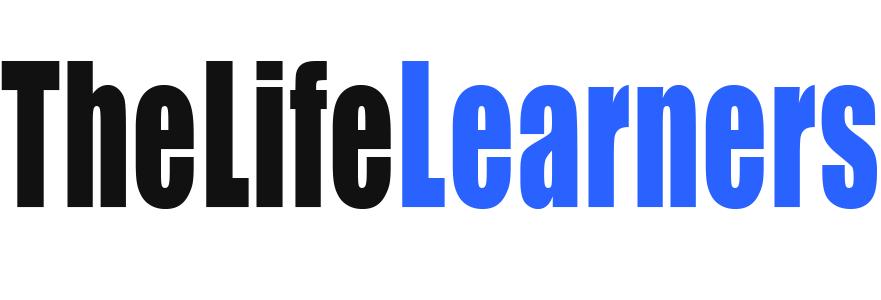
Steve Jobs, Thomas Edison, and Henry Ford—an impressive short list representing great American thinkers and the fathers of timeless, lifestyle-altering inventions. Reading and researching the lives of these innovative thinkers can’t help but add creative energy to your own work. This said, August is National Inventors Month, and what an opportunity to start the school year with studying historical and modern-day inventors. Taking the traditional biography project a step farther and affording young learners the chance to refine and hone their own creative skills is a positive way to kick off a new year of learning. The following are project and lesson ideas that will guide pupils’ exploration and learning.
Ingredients of Invention
Ever read a biography and find yourself in awe of the person(s)? His/her creative genius, work ethic, and dedication to his/her craft? Reading experiences such as these can, at the most, guide changes to improve your own habits, and at the very least make for an enjoyable afternoon of reading. Building on this concept in the classroom can help guide the class to similar conclusions. Start by dividing the class into small groups and compose a list of inventors by consulting online resources. From their lists, students can choose an inventor to study in-depth. This study can include a variety of resources, such as books, magazines, and online articles. The objective is to discover the personality traits that make the chosen inventor exceptional. Have them look for excerpts of daily habits, hobbies, and routines that could have contributed to their success. Then, pupils can compare and contrast their habits to those of the chosen inventor. Is there at least one habit that could improve creative learning? In a journal prompt, learners can choose to try one new habit for the school year. Possibilities include waking early to read, write, or study before school, or keeping a journal of thoughts and ideas.
Re-Creation Station
Imagine what it was like to be a fly on the wall of Thomas Edison’s laboratory when his light bulb invention was a success. Gathering a list of such inventions and allowing your own class of young inventors the opportunity to recreate them is a beneficial study in how human life has been affected by innovative inventions. From the light bulb, to the assembly line, to recreating model skyscrapers, groups of learners can work together by studying the components and building a variety of inventions. Each group works to recreate an invention, as well as keep independent learning logs about their experiences during the process. Logs can be used as prewriting to a memoir piece about their learning, and the invention recreation groups can present their finished product.
Timeline of Inventions
Keeping track of the multitude of inventors and their inventions is quite a task. Creating a classroom timeline can narrow and focus various studies, while at the same time allowing to comprehend the possibilities of whom to study. Dedicate a space for the timeline to be posted, and as a class, decide on the beginning and ending time period. Within the chosen time span, classmates can either work together or independently, depending on how many years are being covered in the timeline, to add an inventor and his/her invention(s) to the appropriate year. Taking note of technology availability and how the connections from one invention to another provide a variety of writing topics for reflections. The timeline is also a visual representation of how human lives have changed over the course of history. The timeline can remain displayed in the classroom.
Studying the lives of inventors, trying a hand at creating a replica of an invention, or simply studying the timeline of various inventions can give young learners a new perspective on how we all have the potential to create. However you choose to celebrate National Inventors Month, it is sure to be a great kick-off to a new school year.
More Lesson Ideas
Invention Convention
Pupils create and play an inventors/invention game. At the game’s conclusion, they will be able to match the inventor with his/her invention.
Inventions 2: The Impact
This is a great introductory lesson into inventors and their inventions. Novice inventors are guided through a process of what it would have been like to create an invention. A great technology and/or engineering lesson.
Video Biographies: Alexander the Great
This is a great lesson to study any type of historical or modern figure, and it can be easily modified. The product is a video biography detailing the life of the chosen figure.

